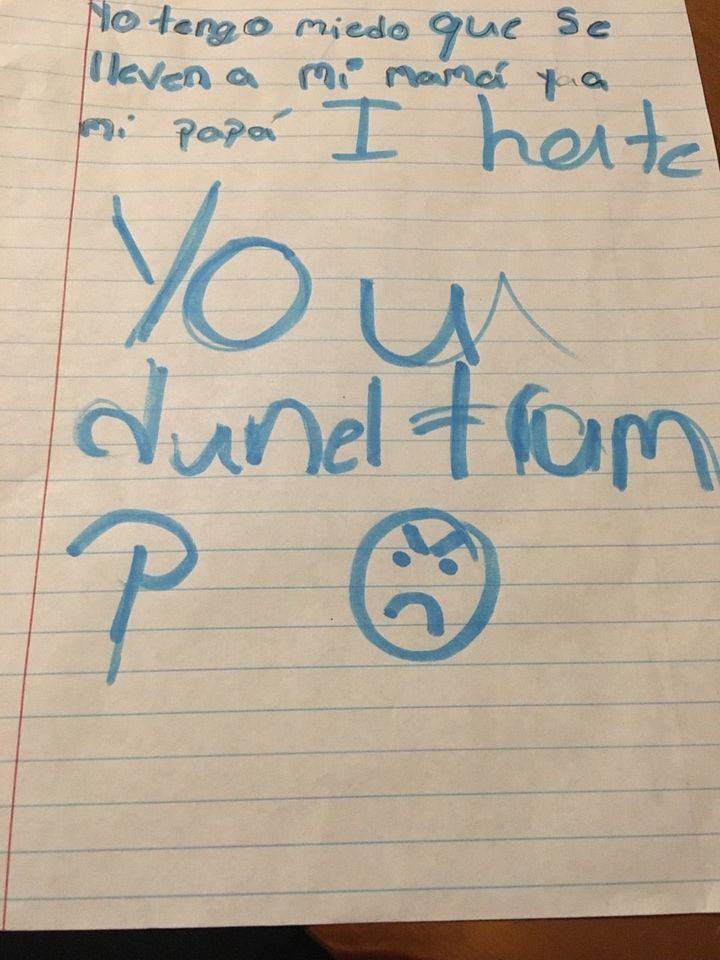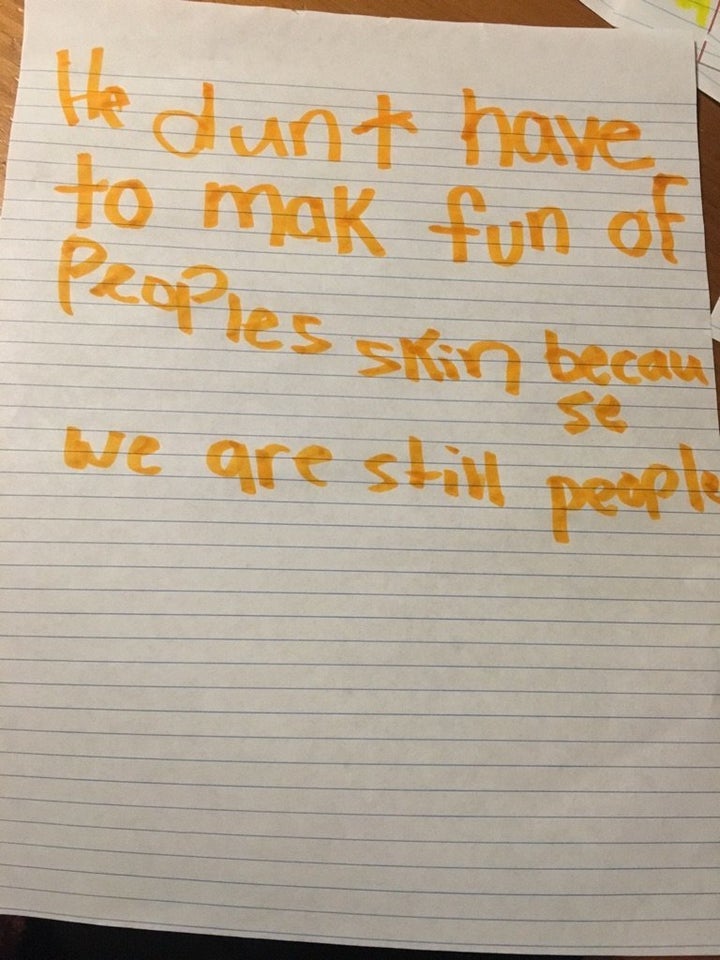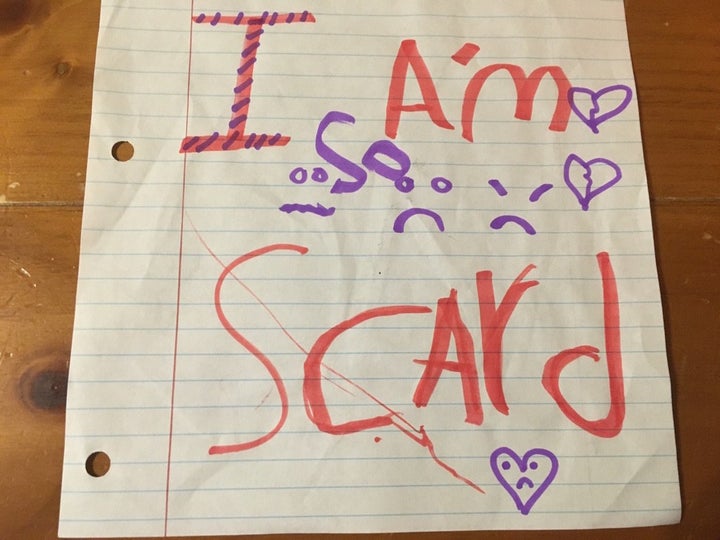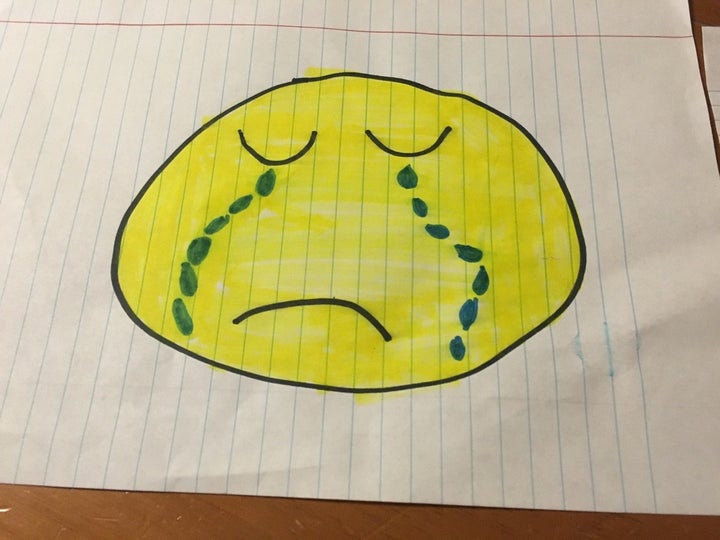What Trump’s Immigration Crackdown Means for Children at School and their Teachers

Contrary to the widespread popular belief that learning is absorbing a body information and that computers can accomplish the task of pouring in material as well as human teachers, teachers know that knowledge is constructed, primarily through human relationship and the connection between the student and teacher and student and student.
Here is Alfie Kohn explaining learning theory: “Superb teachers strive constantly to imagine how things look from the child’s point of view… (K)nowledge is constructed rather than absorbed: we form beliefs, build theories, make order. We act on the environment rather than just responding to it—and we do it naturally and continually. It’s part of who we are. Learning isn’t a matter of acquiring new information and storing it on top of the information we already have. It’s a matter of coming across something unexpected, something that can’t easily be explained by those theories we’ve already developed. To resolve that conflict, we have to change what we previously believed. We have to reorganize our way of understanding to accommodate the new reality we’ve just encountered… Some would call… (the) teacher a ‘facilitator ‘ of learning, but she doesn’t facilitate ‘in the sense of making smooth or easy’; rather, she stimulates learning ‘by making problems more complex, involving, and arousing.’ She artfully complicates the situation, challenging the children to think harder and better.” (The Schools Our Children Deserve, pp. 131-135)
For learning to happen, as Kohn describes it, children need to be intellectually and emotionally present at school in order to learn. I have been reflecting on what I know about how schools help children learn while I’ve been reading the news reports about President Donald Trump’s immigration crackdown on people who live in the United States without documentation.
Anya Kamenetz describes the new immigration policies in a short piece for National Public Radio: “Under the new directives issued in February by the Trump administration, anyone with deportation orders already issued, and anyone convicted of even a minor crime like a traffic offense, can be targeted for immediate removal. This is a change from the Obama administration’s policy, when suspected gang members and felons received the highest priority from law enforcement.” The problem for public schools is that many of the people who risk detainment by Immigration and Customs Enforcement (ICE) and deportation are parents of children in public schools.
Public schools are required to educate all children living in the United States and not to require families to declare their immigration status. The Associated Press explains: “Under a 1982 U.S. Supreme Court decision, Plyler vs. Doe, K-12 public institutions are not allowed to What Trump’s Immigration Crackdown Means for Children at School and their Teachers | janresseger:




